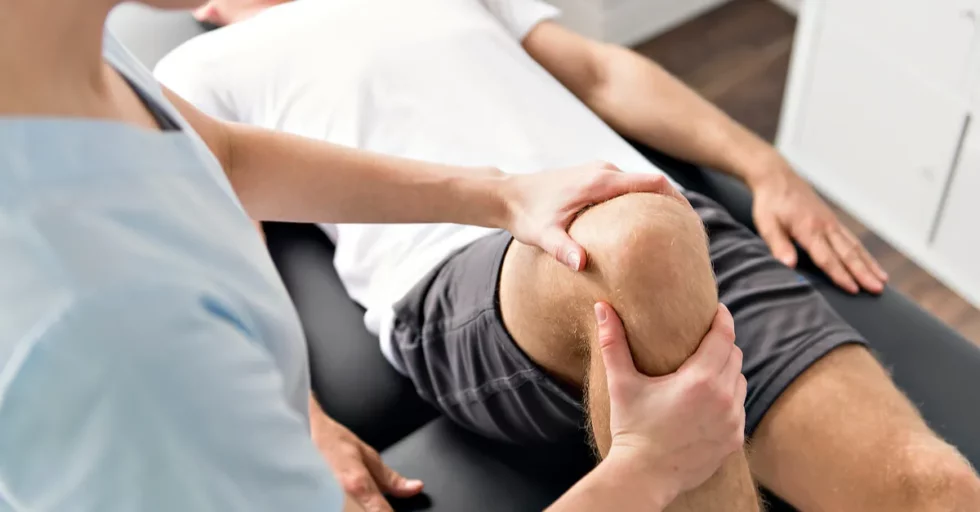Managing knee pain often involves a partnership with your healthcare provider. Addressing the discomfort begins with evaluation, and then a structured approach is used for diagnosis and management. Knee pain treatment requires clear communication with your doctor to find a suitable path forward. Here is more information on how to work with your doctor to alleviate knee pain effectively:
Identify Symptoms and Triggers
Preparing for your appointment helps facilitate a productive conversation with your doctor. You need to gather specific details about your knee pain before your visit. When you notice pain, logging the details provides your doctor with valuable information. Keep a record of what you were doing, how the pain felt, and what made it better or worse when it started.
This log becomes a useful tool during your examination. Your doctor may review this information, and they can perform a physical assessment of your knee. A thorough history combined with a physical exam guides the diagnostic process, which may or may not require further imaging studies.
You can organize your observations by tracking specific points. A detailed log gives your doctor a clearer picture of your experience, which aids in their assessment. Here are some details you may want to record:
- Pain location (inner, outer, or front of the knee)
- Type of sensation (dull ache, sharp pain, burning)
- Activities that worsen the pain
Discuss Pain and Issues
During your appointment, describe your pain and its effects on your daily life with precision. Explain how the knee pain limits your activities, using a scale to rate its intensity during different movements like walking, climbing stairs, or resting. Your doctor will ask questions to understand the full scope of the problem.
Personalize Treatment Plan
After the assessment, your doctor will discuss knee pain treatment options with you. A personalized plan is developed based on your specific diagnosis, activity level, and health status. The initial approach often involves conservative, non-invasive methods. Depending on the cause of your pain, this may include specific exercises, physical therapy, or activity modification to reduce stress on the joint.
Medication might also be part of the plan. Your doctor will explain the different classes of medications available, from over-the-counter anti-inflammatories to prescription options, so you understand the purpose and function of each. Complex cases may require a referral to a specialist, such as an orthopedic surgeon or a rheumatologist, for further evaluation and management.
Communicate Effectively
Effective communication is a continuous process throughout your treatment. If your symptoms change or if you experience any issues with the treatment, you need to inform your doctor. This feedback helps you make adjustments to your plan and improve its effectiveness. Regular follow-up appointments are scheduled to monitor your progress and make any necessary modifications.
Schedule Knee Pain Treatment
Working collaboratively with your doctor is a structured way to address knee pain, and it can help you find effective relief. This partnership is built on detailed preparation, clear discussion, and ongoing communication. When you are ready to take the next step, schedule an appointment to begin the evaluation process.
